

Living Cell Technologies (LCT) encapsulates pancreatic pig cells inside a special coating before transplanting them into type 1 diabetics. This prevents them from being rejected by the patient’s ...
READ MORE

The discovery that genes are made up of DNA and can be isolated, copied and manipulated has led to a new era of modern biotechnology. New Zealand has many applications for modern biotechnologies ...
READ MORE

Xenotransplantation is when living cells, tissues or organs are transplanted between species. To be successful in humans, xenotransplants must overcome issues of transplant rejection ...
READ MORE
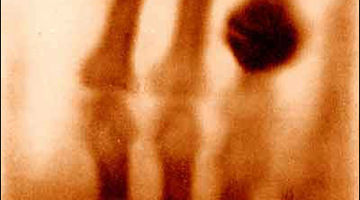
In this activity, students learn about the discovery of X-rays and their development as a medical imaging technology. By the end of this activity, students should be able to: research an aspect ...
READ MORE

In this activity, students explore a variety of recent biotechnologies and consider their impact on society. The activity can be adapted to suit student level and interest. The slide show ...
READ MORE

Xenotransplantation is when cells, tissues or organs are taken from one species and put into another to help treat disease. Purpose To review understanding of Xenotransplantation. Read articles ...
READ MORE
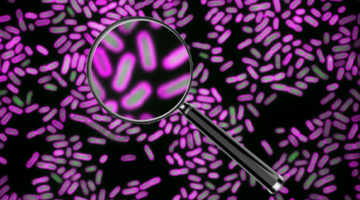
Help this global project to develop a faster test for antibiotic resistance by looking inside bacteria that have been treated with antibiotics. This will improve healthcare for patients with ...
READ MORE
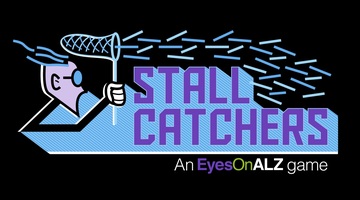
Alzheimer’s disease is an irreversible, progressive brain disorder that slowly destroys memory and thinking skills and eventually even the ability to carry out the simplest tasks. In this online ...
READ MORE
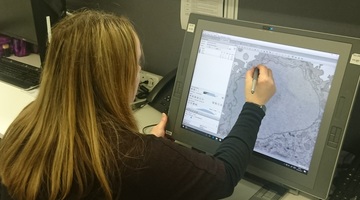
In this online citizen science (OCS) project, participants analyse electron microscope images taken of a range of biological samples, helping scientists better understand cancer, infectious ...
READ MORE

Modern antibiotic medicines came into use in the middle of the 20th century. They enabled doctors to treat serious – and sometimes fatal – bacterial infections like strep throat and pneumonia ...
READ MORE

In this recorded professional learning session, Dr Siouxsie Wiles, Associate Professor of Molecular Medicine and Pathology answers key questions about antimicrobial resistance (AMR). AMR has been ...
READ MORE

Students develop knowledge of new technology that enables fish oil to be added to food without a fishy taste or smell and design an advertisement to promote an omega-3 enriched food. Purpose To ...
READ MORE
LCT has developed a pig cell transplant product to treat type 1 diabetes. LCT’s DIABECELL product uses islets extracted from the pancreas of 7–16 day old piglets to produce insulin in response to ...
READ MORE
Pig to human transplants, or xenotransplants, were banned in 1997 because of concerns about transmission of pig diseases to humans. This followed the discovery that pig endogenous retrovirus ...
READ MORE
Robert Hooke's diagrams of cork cells started a frenzy of activity that produced some beautiful first pictures of cells from all sorts of organisms. Here, Nobel prize winner, Sir Paul Nurse ...
READ MORE
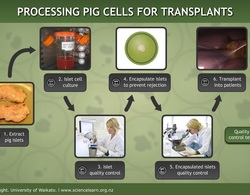
An overview of the process used to make a pig cell transplant treatment for type 1 diabetes.
READ MORE
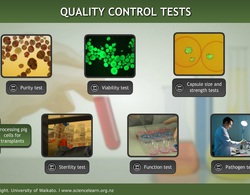
An overview of the quality control checks used within the process to make a pig cell transplant treatment for type 1 diabetes.
READ MORE

Use this interactive to discover a range of resources about microorganisms and antimicrobial resistance. Select a label for more information. Go here for further information, including the ...
READ MORE